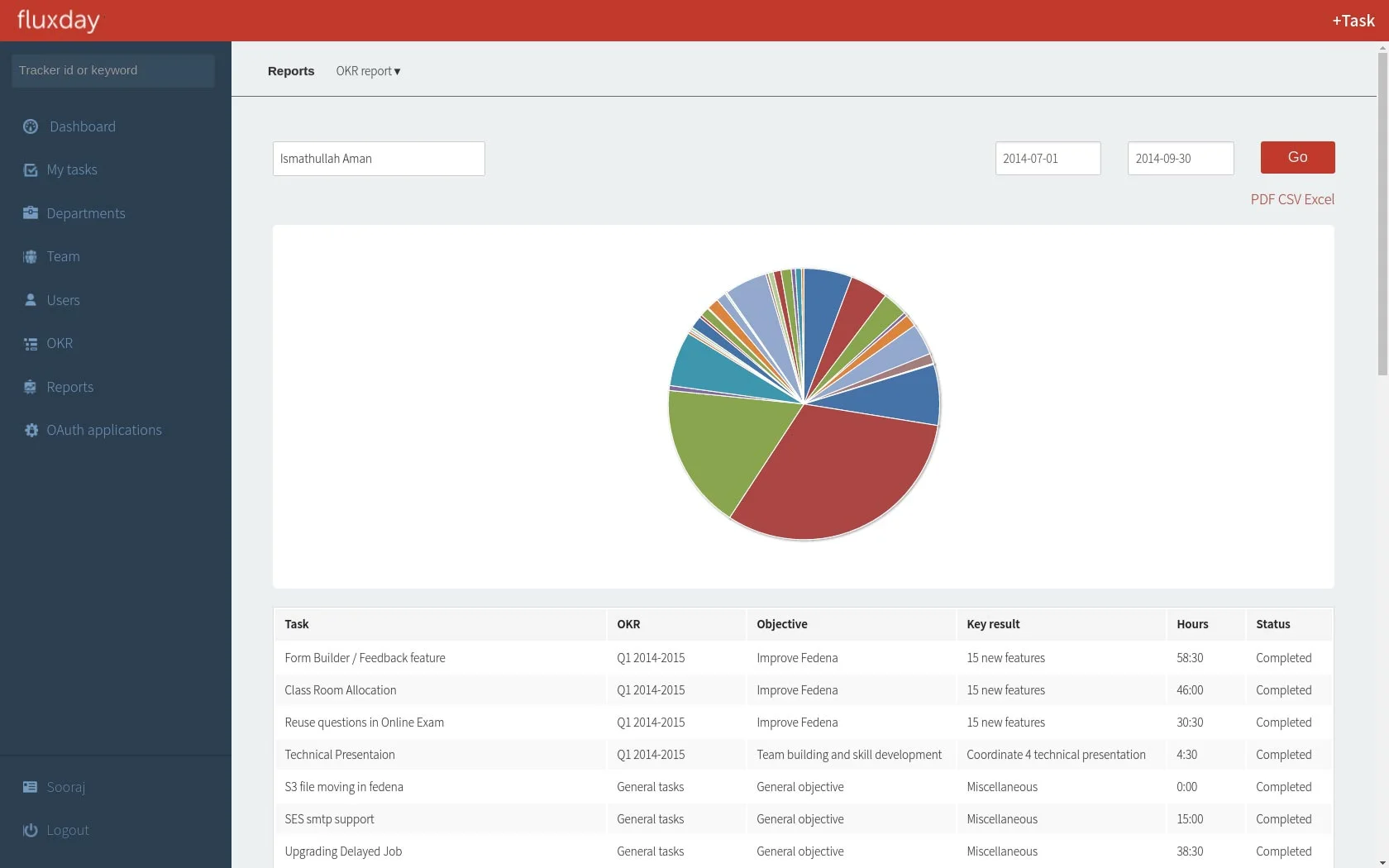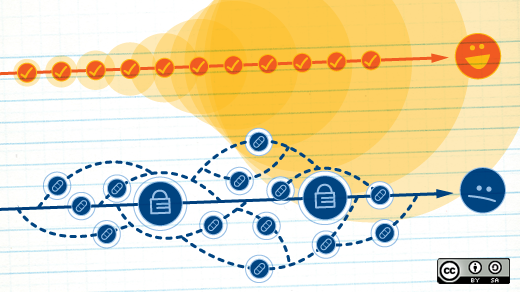There are only so many hours in the day, so making the most of your time is critical. There are two ways to increase your output: Put in more hours or work smarter. I don't know about you, but I prefer the latter.
If you go online and search for ways to improve your productivity, you'll find many articles with tips and tricks for working smarter and changing your habits. This works really well at a personal level, but when you're looking to get your entire team to be more productive and align everyone in the company toward a collective time-dependent goal, nine times out of ten you will reach the same point: looking for a platform to track employee contributions and time spent on tasks towards achieving smaller goals, and then integrating those to your company's goals.
Looking for the right productivity management tracker
I was in a similar situation back in 2012. I really wanted to understand how my employees were spending their time. Were they focusing on tasks of the highest priority? How much time did it take them to find solutions? How close were we to achieving our goals? Were the projects I assigned progressing at the right pace? Could I optimize and streamline some of my teams? Do my team goals align with my final goal? It was an endless line of questions all begging just for one solution: A productivity management application.
I did what everyone from my generation has become so used to doing when looking for a solution: I Googled applications for increasing productivity and efficiency. I found a lot of project management applications, but there were none specifically meant for tracking productivity alone. The few there were didn't have a customizable solution that was affordable. So, we shortlisted some of the popular time management and task management applications.
I also went through the entire list of alternatives provided by alternative.to on the shortlisted applications and reached a conclusion that these applications being really, really good by themselves wouldn't really solve my problem. I could see how my employees and teams would then start using such applications just to communicate and would have to spend some of their time learning a new tool.
Naturally, being an open source company and startup ourselves, I looked for open source solutions and joined the r/productivity subreddit, but alas, there was no application that really hit the nail on the head.
Building the right productivity tracker
After spending most of my time trying to find the right application for us, I thought, "Why not just build one to suit our needs?" We planned to create a cross-platform application for use inside our company. At the same time, we did not intend to spend a lot of time actively developing this application. So we decided on developing a web application. Our products, Fedena and Uzity, are built on Ruby on Rails. We thought Ruby on Rails would be the best platform to build this project because of its ease of use, developer friendliness, and faster rate of development. We got to work immediately and built Fluxday. You can download it from GitHub.

We engineered Fluxday on OKR (Objectives and Key Results), invented and made popular by John Doerr. OKRs and OKR tools are used by many companies today, including Google, LinkedIn, and Twitter. If you are fairly new to the concept of OKRs, these articles should help you get a good understanding of them.
A framework for the right solution for you
There are many applications out there that can substitute as a productivity management application, but many of them don't really provide the solution a small or medium-sized business is looking for. Financial resources are always limited at startups, and deciding to invest in such applications is always a very dicey and expensive affair. With so many applications to choose from in the commercial section of this market, it's very hard to find the right fit for any company. Presently, companies do not have any other option other than developing an in-house application that meets their needs.
Ruby 2.1.0 and Rails 4.0.x were the latest stable versions back when we started development of Fluxday. We adopted that as the application framework and did not want the app to look bad either, so we chose to implement a three-column layout in our application using the foundation responsive framework. These advantages enabled us to complete almost 70% of the development within a month. App development was complete in two months without ever affecting our regular projects.
It would have been easier if we already had an open source platform we could build on. Although we did manage to build it quickly without disrupting our main projects, other companies might find it easier to adopt an existing platform rather than allocate extra time towards building an in-house productivity management application. For that reason, we've made Fluxday an open source project.
When you implement an application like Fluxday, not everyone in your company is going to adopt it unless it has a really great user experience. The productivity application you choose should match all the different personality types your employees have, making it easier for every type of employee to use and love it.






1 Comment